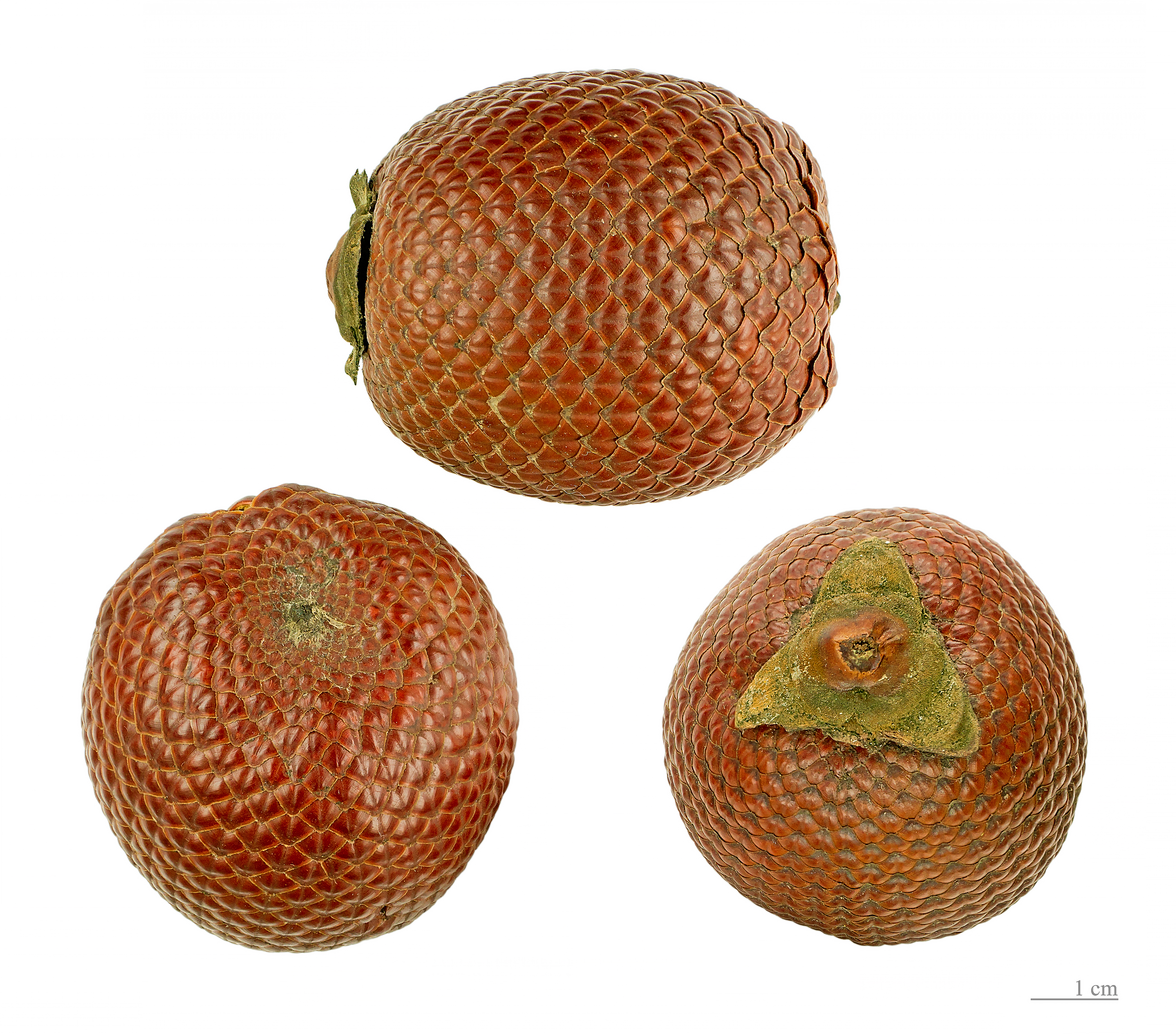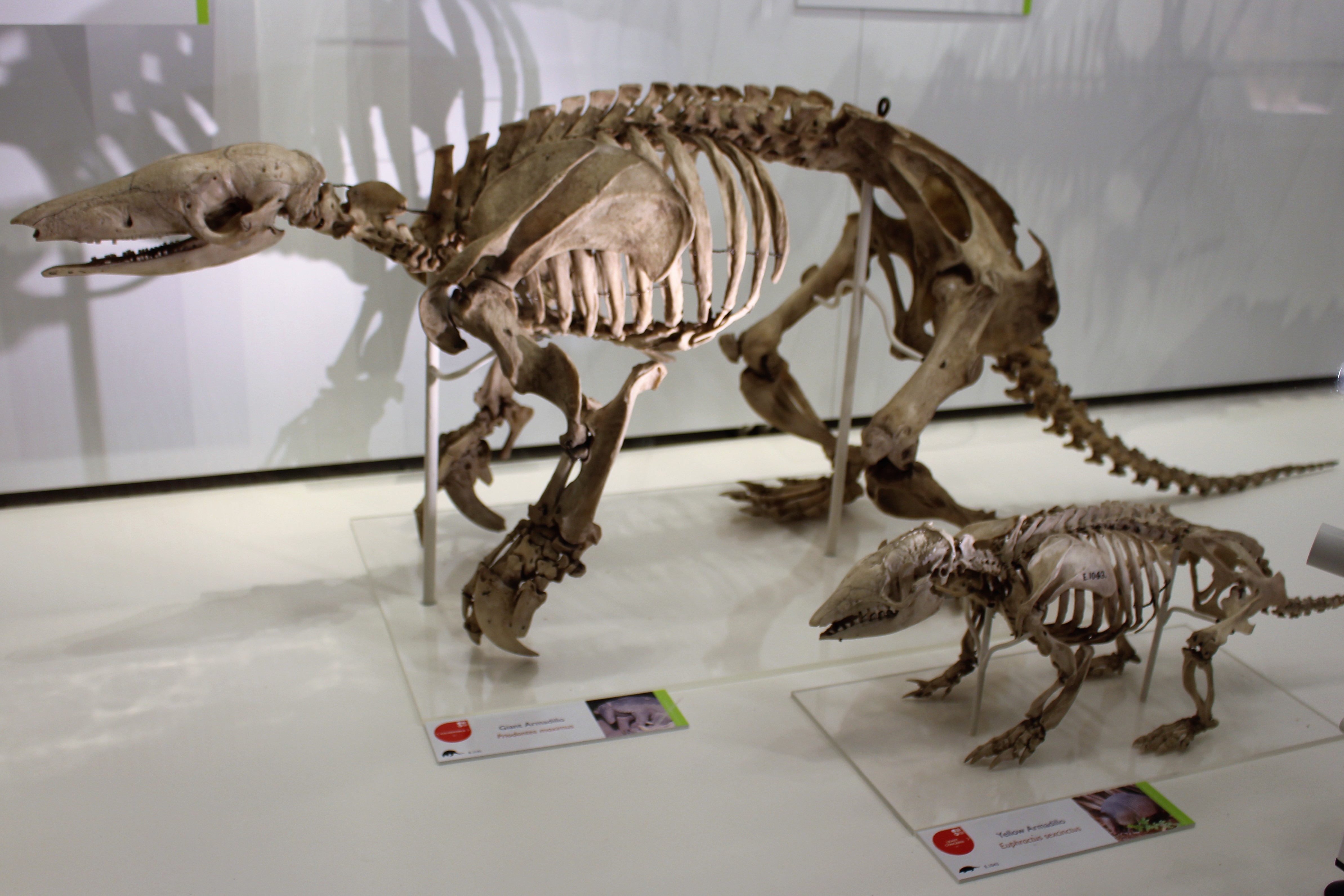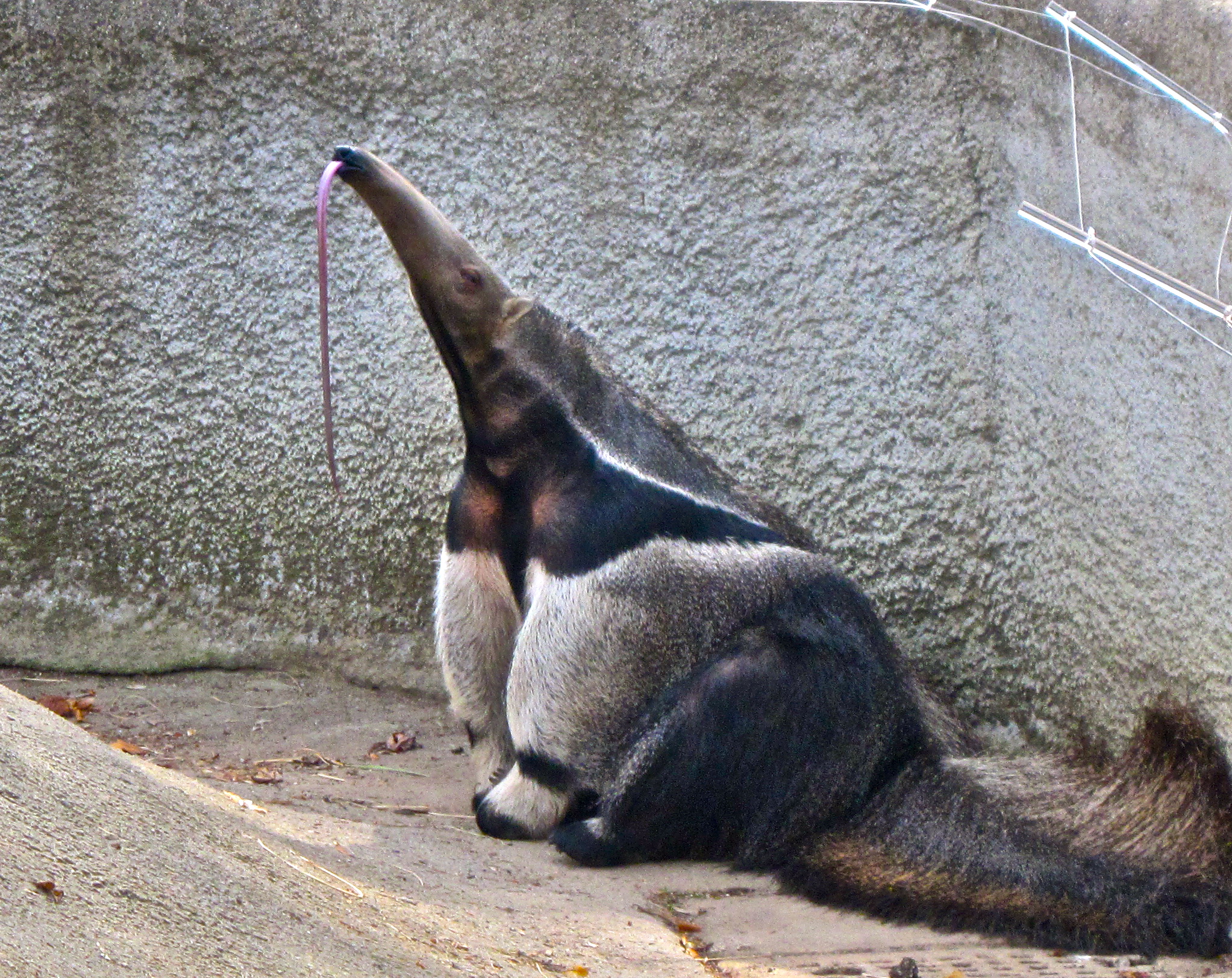|
Grão Mogol State Park
The Grão Mogol State Park ( pt, Parque Estadual de Grão Mogol) is a state park in the state of Minas Gerais, Brazil. It protects an area of high, mountainous terrain with cerrado vegetation, important as a source of water in a region with a dry climate. Location The Grão Mogol State Park is in the municipality of Grão Mogol, Minas Gerais. It has an area of . The park is mostly within the Serra Geral, in the region known as the Serra da Bocaína. It contains the valley of the Bosque River and other smaller streams within the Jequitinhonha River basin. The rivers are perennial, although the climate is very dry. The terrain is mostly mountainous, with large plateaus such as the Chapada do Bosque, the Chapada do Bosquinho and the Chapada do Cardoso. History The Grão Mogol State Park was created by decree 39.906 of 22 September 1998. Its area was redefined by decree 45.243 of 2009. It is classed as IUCN protected area category II (national park). The purpose is to protect region ... [...More Info...] [...Related Items...] OR: [Wikipedia] [Google] [Baidu] |
Grão Mogol
Grão Mogol is a Brazilian municipality located in the north of the state of Minas Gerais. In 2020 the population was 15,890 in a total area of 3,890 km². The elevation is 829 meters. It became a municipality in 1840. Location and Distances Grão Mogol is located in an isolated area between Montes Claros and the Jequitinhonha River. The distance to the state capital, Belo Horizonte, is 551 km. Other distances are: Brasília, 930; Montes Claros, 157; Rio de Janeiro, 1,080; Salvador, 894; and São Paulo, 1,215. Grão Mogol is also an IBGE statistical microregion including the following municipalities: Botumirim, Cristália, Grão Mogol, Itacambira, Josenópolis, and Padre Carvalho. The population of this region was 39,406 in 2000 and the area was 9,108.00 km². History The settlement of Serra de Santo Antônio do Itacambiraçu, present-day Grão Mogol, had it origins in the discovery of diamonds at the end of the eighteenth century. In 1839 the place ... [...More Info...] [...Related Items...] OR: [Wikipedia] [Google] [Baidu] |
Mauritia Flexuosa
''Mauritia flexuosa'', known as the moriche palm, ''ité'' palm, ''ita'', ''buriti'', ''muriti'', ''miriti'' (Brazil), ''canangucho'' (Colombia), ''acho'' (Ecuador), or ''aguaje'' (Peru), is a palm tree. It grows in and near swamps and other wet areas in tropical South America. ''Mauritia flexuosa'', a tree, can reach up to in height. The large leaves form a rounded crown. The flowers are yellowish and appear from December to April. The fruit, which grows from December to June, is a chestnut color and is covered with shiny scales. The yellow flesh covers a hard, oval nut. The seeds float, and this is the means by which the palm tree propagates. In natural populations, the tree reaches very high densities. Fruit Moriche palm fruit ("morete" in the Oriente of Ecuador) is edible and used to make juice, jam, ice cream, a fermented "wine", desserts and snacks, requiring harvesting of more than 50 tonnes per day in Peru. The inflorescence buds are eaten as a vegetable and the sap ... [...More Info...] [...Related Items...] OR: [Wikipedia] [Google] [Baidu] |
Protected Areas Established In 1998
Protection is any measure taken to guard a thing against damage caused by outside forces. Protection can be provided to physical objects, including organisms, to systems, and to intangible things like civil and political rights. Although the mechanisms for providing protection vary widely, the basic meaning of the term remains the same. This is illustrated by an explanation found in a manual on electrical wiring: Some kind of protection is a characteristic of all life, as living things have evolved at least some protective mechanisms to counter damaging environmental phenomena, such as ultraviolet light. Biological membranes such as bark on trees and skin on animals offer protection from various threats, with skin playing a key role in protecting organisms against pathogens and excessive water loss. Additional structures like scales and hair offer further protection from the elements and from predators, with some animals having features such as spines or camouflage ... [...More Info...] [...Related Items...] OR: [Wikipedia] [Google] [Baidu] |
State Parks Of Brazil
State may refer to: Arts, entertainment, and media Literature * '' State Magazine'', a monthly magazine published by the U.S. Department of State * ''The State'' (newspaper), a daily newspaper in Columbia, South Carolina, United States * '' Our State'', a monthly magazine published in North Carolina and formerly called ''The State'' * The State (Larry Niven), a fictional future government in three novels by Larry Niven Music Groups and labels * States Records, an American record label * The State (band), Australian band previously known as the Cutters Albums * ''State'' (album), a 2013 album by Todd Rundgren * ''States'' (album), a 2013 album by the Paper Kites * ''States'', a 1991 album by Klinik * ''The State'' (album), a 1999 album by Nickelback Television * ''The State'' (American TV series), 1993 * ''The State'' (British TV series), 2017 Other * The State (comedy troupe), an American comedy troupe Law and politics * State (polity), a centralized political organ ... [...More Info...] [...Related Items...] OR: [Wikipedia] [Google] [Baidu] |
Lontra
''Lontra'' is a genus of otters from the Americas. Species These species were previously included in the genus ''Lutra ''Lutra'' is a genus of otters, one of seven in the subfamily Lutrinae. Taxonomy and evolution The genus includes these species: Extant species Extinct species *†'' Lutra affinis'' *†'' Lutra bressana '' *†'' Lutra bravardi'' *†' ...'', together with the Eurasian otter, but they have now been moved to a separate genus. The genus comprises four living and one known fossil species: Extant species Extinct species References Otters Mammal genera Taxa named by John Edward Gray {{Carnivora-stub ... [...More Info...] [...Related Items...] OR: [Wikipedia] [Google] [Baidu] |
Titi
The titis, or titi monkeys, are New World monkeys of the subfamily Callicebinae, which contains three extant genera: ''Cheracebus'', ''Callicebus'', and ''Plecturocebus.'' This subfamily also contains the extinct genera ''Miocallicebus, Homunculus'', and ''Carlocebus''. Titi monkeys live in South America, from Colombia, Ecuador and Peru, east through Brazil, and south to Bolivia and northern Paraguay. Description Depending on species, titis have a head and body length of , and a tail, which is longer than the head and body, of . The different titi species vary substantially in coloring, but resemble each other in most other physical ways. They have long, soft fur, and it is usually reddish, brownish, grayish or blackish, and in most species the underside is lighter or more reddish than the upperside. Some species have contrasting blackish or whitish foreheads, while all members of the genus ''Cheracebus'' have a white half-collar. The tail is always furry and is not prehensile ... [...More Info...] [...Related Items...] OR: [Wikipedia] [Google] [Baidu] |
Giant Armadillo
The giant armadillo (''Priodontes maximus''), colloquially ''tatu-canastra'', ''tatou'', ''ocarro'' or ''tatú carreta'', is the largest living species of armadillo (although their extinct relatives, the glyptodonts, were much larger). It lives in South America, ranging throughout as far south as northern Argentina. This species is considered vulnerable to extinction. The giant armadillo prefers termites and some ants as prey, and often consumes the entire population of a termite mound. It also has been known to prey upon worms, larvae and larger creatures, such as spiders and snakes, and plants. Some giant armadillos have been reported to have eaten bees by digging into beehives. At least one zoo park, in Villavicencio, Colombia – ''Los Ocarros'' – is dedicated to this animal. Description The giant armadillo is the largest living species of armadillo, with 11 to 13 hinged bands protecting the body and a further three or four on the neck. Its body is dark brown in c ... [...More Info...] [...Related Items...] OR: [Wikipedia] [Google] [Baidu] |
Southern Tamandua
The southern tamandua (''Tamandua tetradactyla''), also called the collared anteater or lesser anteater, is a species of anteater from South America and the island of Trinidad in the Caribbean. It is a solitary animal found in many habitats, from mature to highly disturbed secondary forests and arid savannas. It feeds on ants, termites, and bees. Its very strong foreclaws can be used to break insect nests or to defend itself. Distribution and habitat The southern tamandua is found in Trinidad and throughout South America from Venezuela to northern Argentina, southern Brazil, and Uruguay at elevations up to . It inhabits both wet and dry forests, including tropical rainforest, savanna, and thorn scrub. It seems to be most common in habitats near streams and rivers, especially those thick with vines and epiphytes (presumably because its prey is common in these areas). The oldest fossil tamanduas date from the Pleistocene of South America, although genetic evidence suggests th ... [...More Info...] [...Related Items...] OR: [Wikipedia] [Google] [Baidu] |
Giant Anteater
The giant anteater (''Myrmecophaga tridactyla'') is an insectivorous mammal native to Central and South America. It is one of four living species of anteaters, of which it is the largest member. The only extant member of the genus ''Myrmecophaga'', it is classified with sloths in the order Pilosa. This species is mostly terrestrial, in contrast to other living anteaters and sloths, which are arboreal or semiarboreal. The giant anteater is in length, with weights of for males and for females. It is recognizable by its elongated snout, bushy tail, long fore claws, and distinctively colored pelage. The giant anteater is found in multiple habitats, including grassland and rainforest. It forages in open areas and rests in more forested habitats. It feeds primarily on ants and termites, using its fore claws to dig them up and its long, sticky tongue to collect them. Though giant anteaters live in overlapping home ranges, they are mostly solitary except during mother-offspr ... [...More Info...] [...Related Items...] OR: [Wikipedia] [Google] [Baidu] |
Ocelot
The ocelot (''Leopardus pardalis'') is a medium-sized spotted wild cat that reaches at the shoulders and weighs between on average. It was first described by Carl Linnaeus in 1758. Two subspecies are recognized. It is native to the southwestern United States, Mexico, Central and South America, and to the Caribbean islands of Trinidad and Margarita. It prefers areas close to water sources with dense vegetation cover and high prey availability. Typically active during twilight and at night, the ocelot tends to be solitary and territorial. It is efficient at climbing, leaping and swimming. It preys on small terrestrial mammals, such as armadillos, opossums, and lagomorphs. Both sexes become sexually mature at around two years of age and can breed throughout the year; peak mating season varies geographically. After a gestation period of two to three months the female gives birth to a litter of one to three kittens. They stay with their mother for up to two years, after whi ... [...More Info...] [...Related Items...] OR: [Wikipedia] [Google] [Baidu] |
Cougar
The cougar (''Puma concolor'') is a large cat native to the Americas. Its range spans from the Canadian Yukon to the southern Andes in South America and is the most widespread of any large wild terrestrial mammal in the Western Hemisphere. It is an adaptable, generalist species, occurring in most American habitat types. This wide range has brought it many common names, including puma, mountain lion, catamount and panther (for the Florida sub-population). It is the second-largest cat in the New World, after the jaguar (''Panthera onca''). Secretive and largely solitary by nature, the cougar is properly considered both nocturnal and crepuscular, although daytime sightings do occur. Despite its size, the cougar is more closely related to smaller felines, including the domestic cat (''Felis catus'') than to any species of the subfamily Pantherinae. The cougar is an ambush predator that pursues a wide variety of prey. Primary food sources are ungulates, particularly deer, but it a ... [...More Info...] [...Related Items...] OR: [Wikipedia] [Google] [Baidu] |
Maned Wolf
The maned wolf (''Chrysocyon brachyurus'') is a large canine of South America. It is found in Argentina, Brazil, Bolivia, Peru, and Paraguay, and is almost extinct in Uruguay. Its markings resemble those of foxes, but it is neither a fox nor a wolf. It is the only species in the genus ''Chrysocyon'' (meaning "golden dog"). It is the largest canine in South America, weighing and up to at the withers. Its long, thin legs and dense reddish coat give it an unmistakable appearance. The maned wolf is a crepuscular and omnivorous animal adapted to the open environments of the South American savanna, with an important role in the seed dispersal of fruits, especially the wolf apple (''Solanum lycocarpum''). The maned wolf is a solitary animal. It communicates primarily by scent marking, but also gives a loud call known as "roar-barking". This mammal lives in open and semi-open habitats, especially grasslands with scattered bushes and trees, in the Cerrado of south, central-west, and ... [...More Info...] [...Related Items...] OR: [Wikipedia] [Google] [Baidu] |


.jpg)




.jpg)